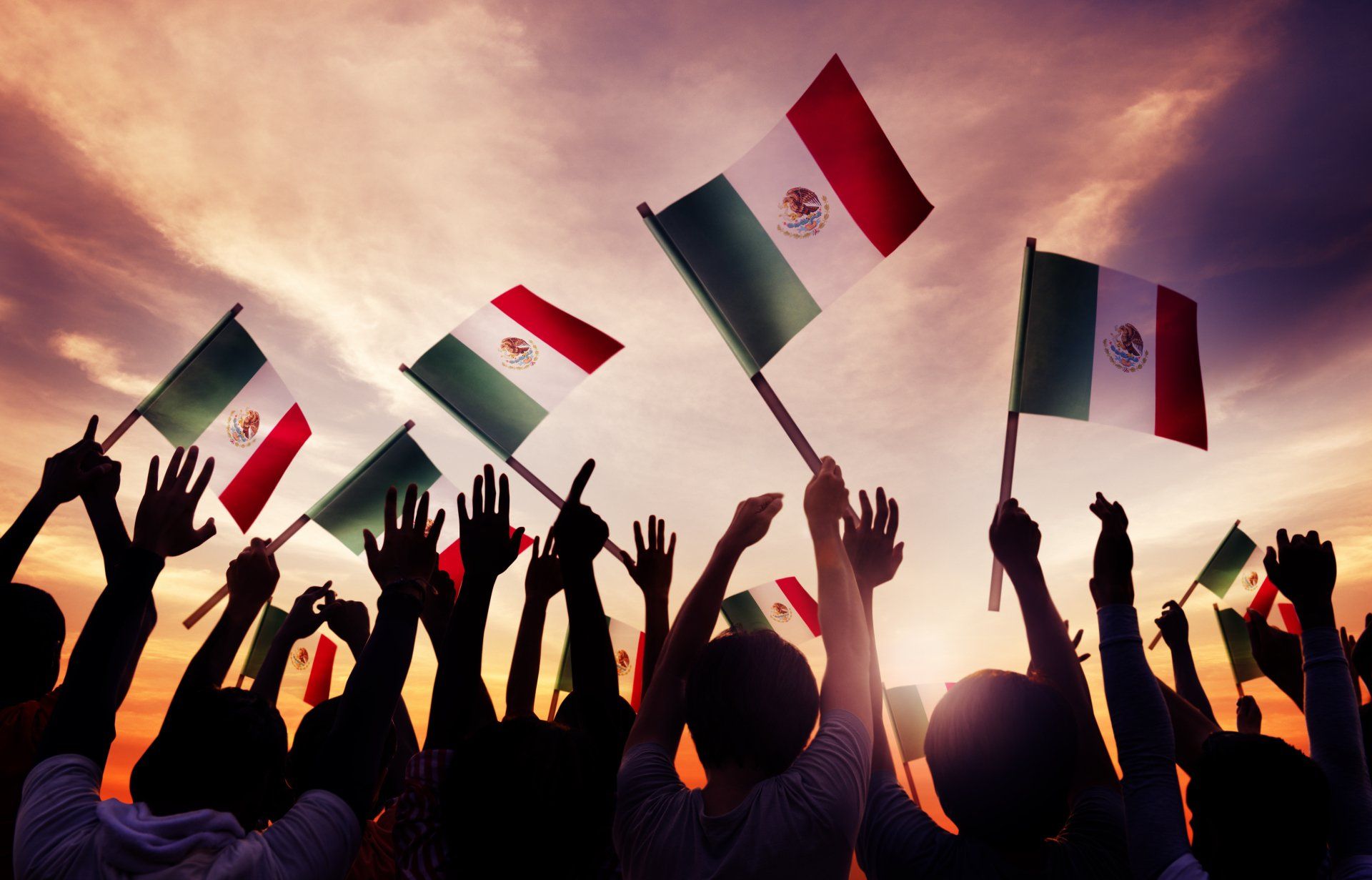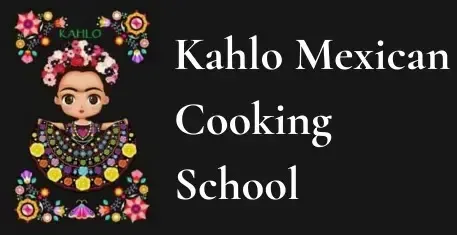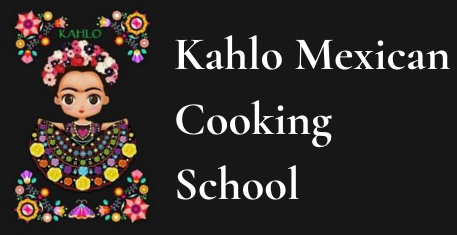Viva Mexico

Mexico, once known as New Spain, was a colony harshly ruled by the kingdom of Spain for over 300 years. The native population was oppressed, farmland and personal wealth were confiscated and only Spaniards were allowed to hold political posts. Finally, a Catholic priest in the town of Dolores named Miguel Hidalgo y Costilla had enough.
On September 16, 1810, he rang his church's bell and delivered a speech now known as the Grito de Dolores (Cry of Dolores), demanding the end of Spanish rule. This started the brutal Mexican War of Independence, which lasted over a decade. On August 24, 1821, Spain withdrew and officially recognized Mexico as an independent country. Today, Father Costilla is known as the Father of Mexican Independence.
Mexican Independence Day has been celebrated every year since that momentous day on September 16, 1810.
INDEPENDENCE CELEBRATIONS
September 16 is one of Mexico's most important holidays. Every year, local mayors and politicians re-enact the famous Grito de Dolores. In Mexico City, thousands congregate in the Zócalo, or main square, on the night of the 15th to hear the President ring the same bell that Hidalgo did and recite the Grito de Dolores. The crowd roars, cheers and chants, and fireworks light up the sky. On the 16th, every city and town all over Mexico celebrates with parades, dances, and other civic festivals.
Many people outside of Mexico think that Mexican Independence Day and Cinco de Mayo are the same things. Cinco de Mayo celebrates another victory when outnumbered Mexican Army defeated the powerful French militia in 1862 during the Battle of Puebla.


